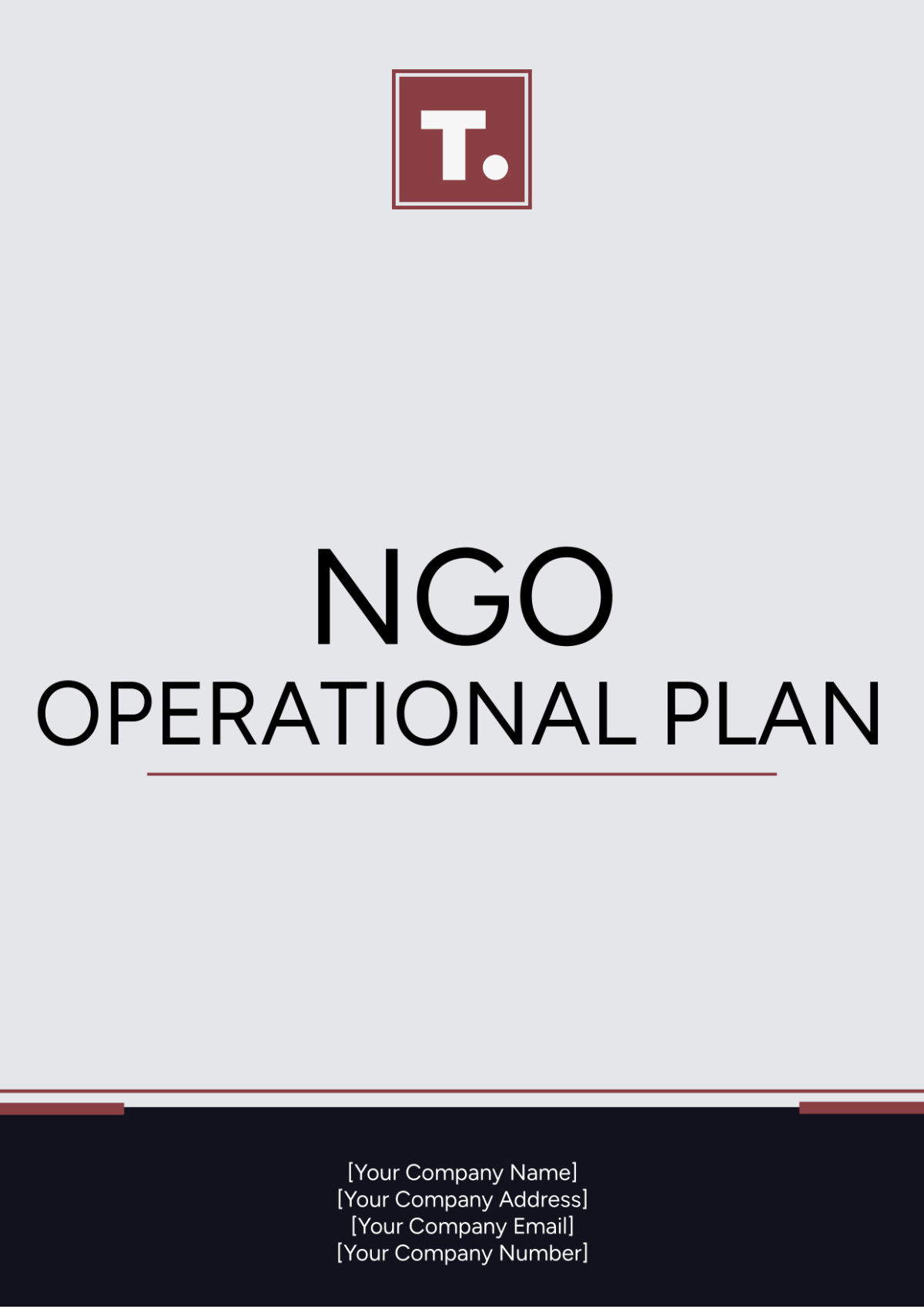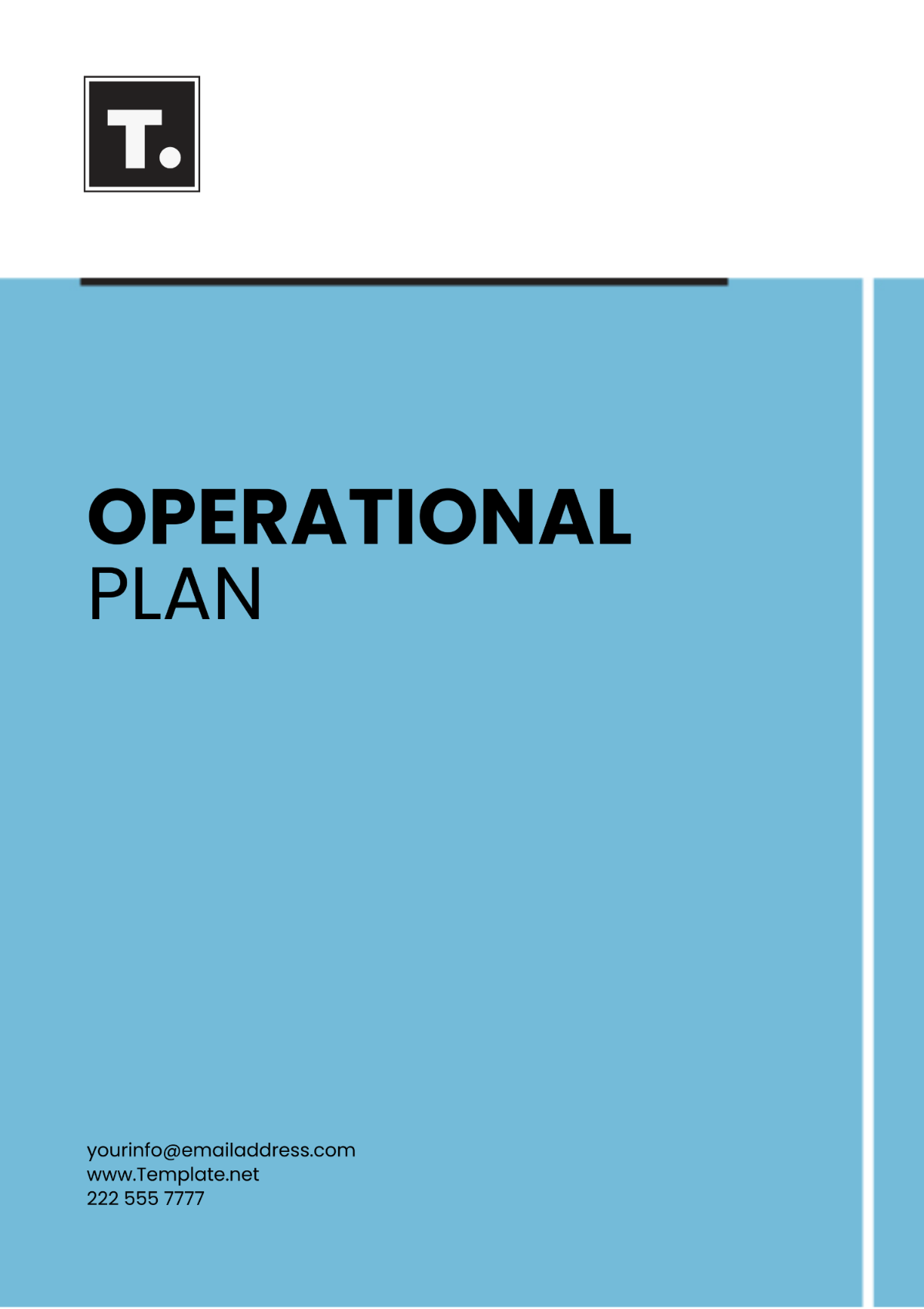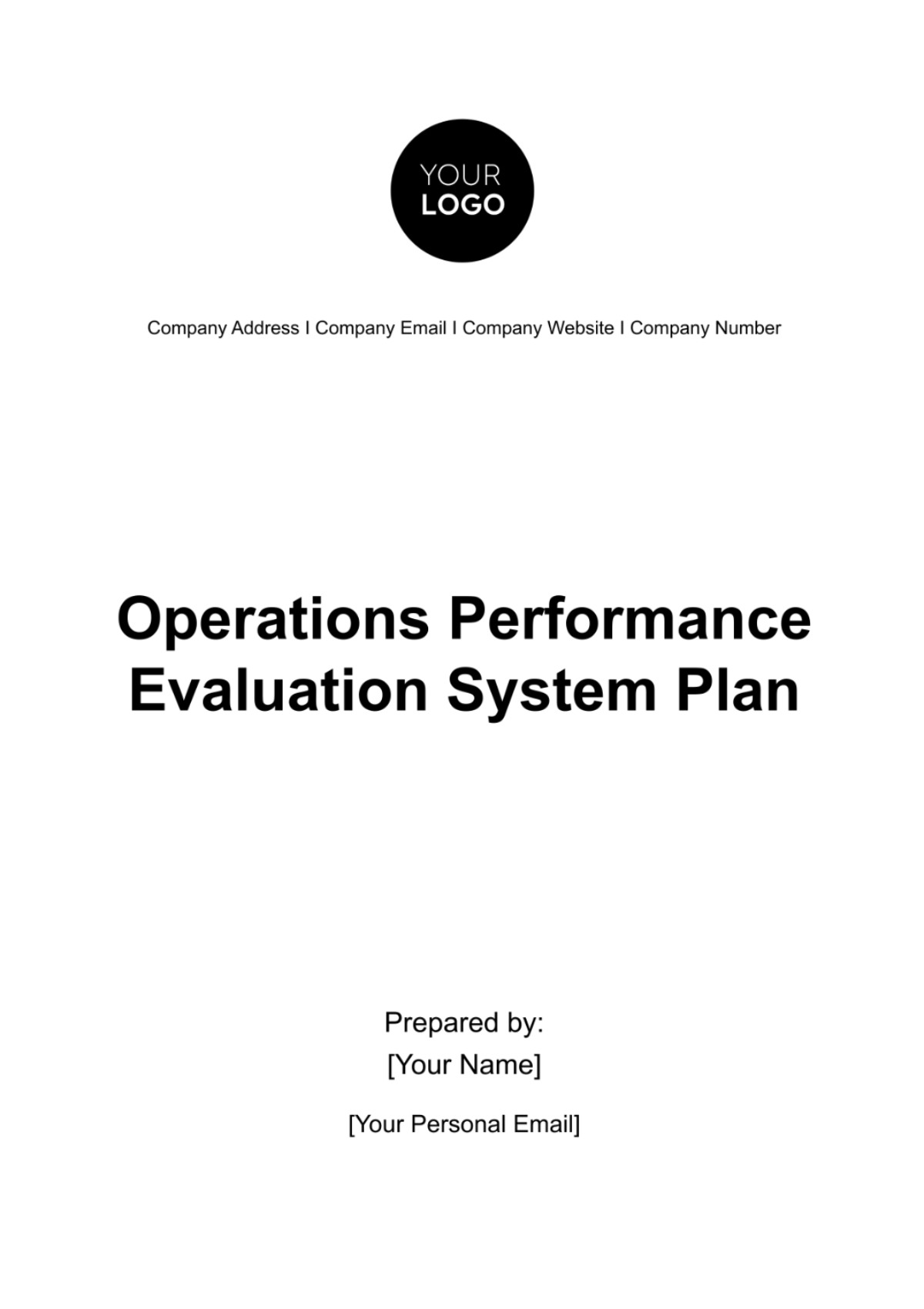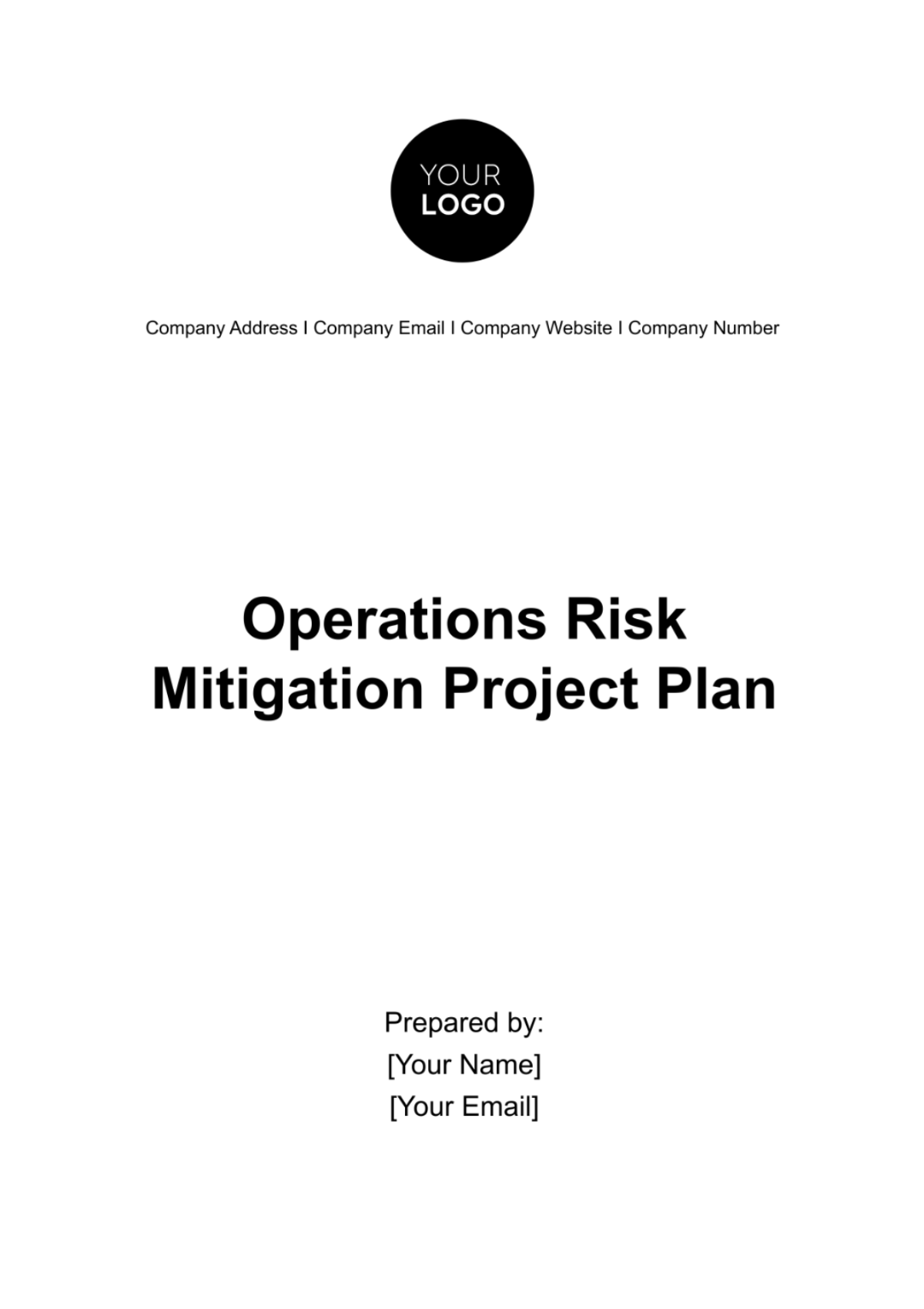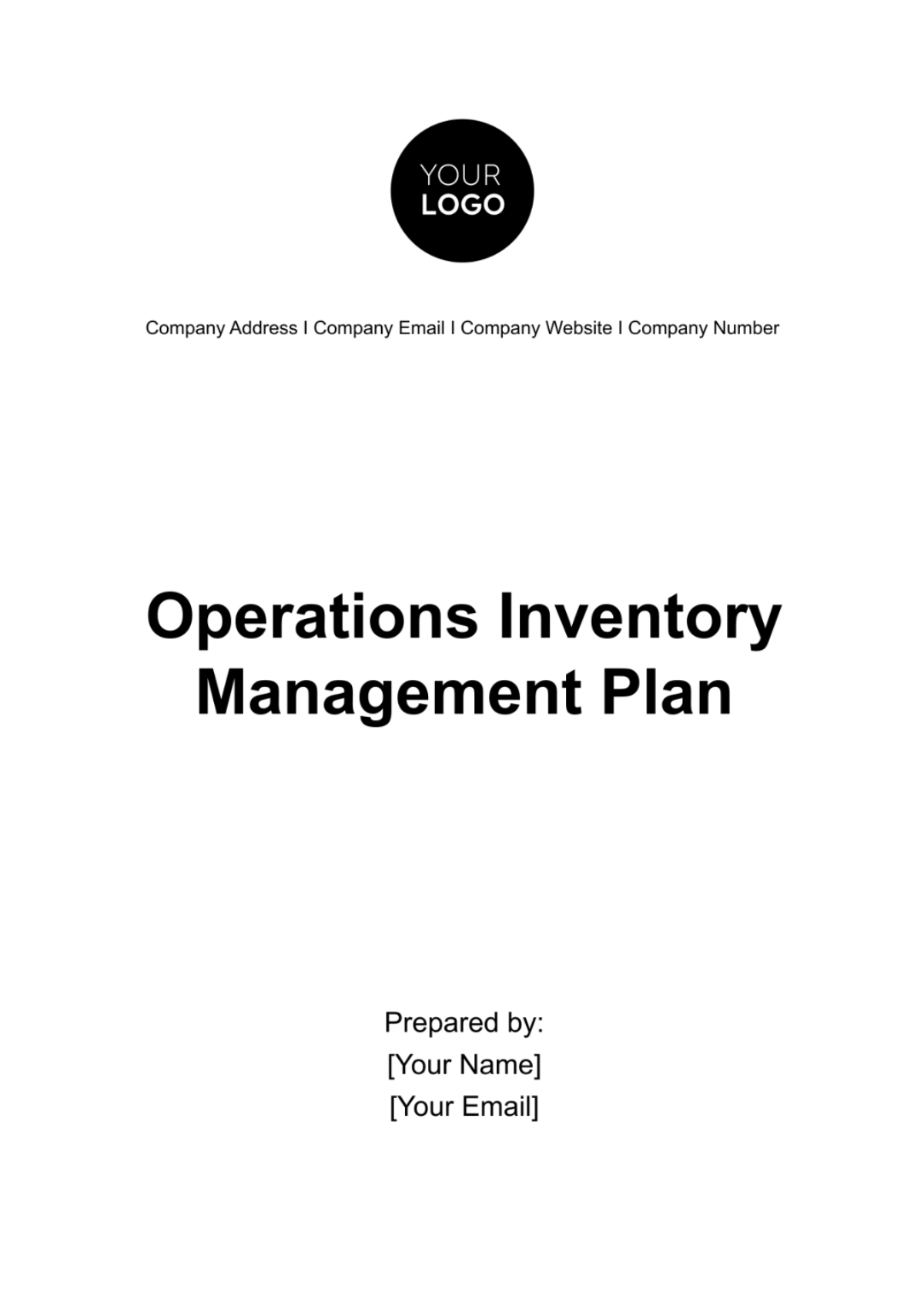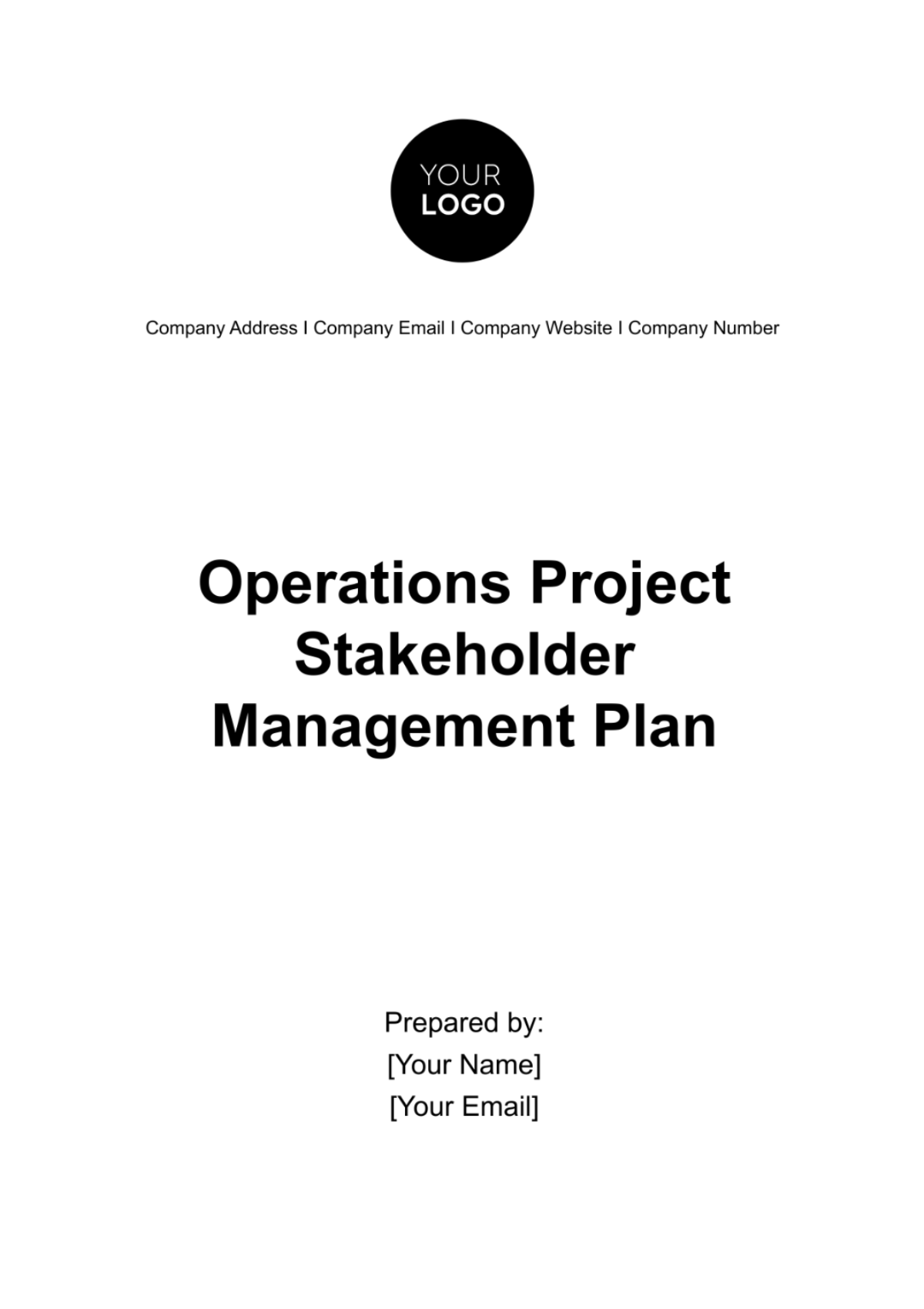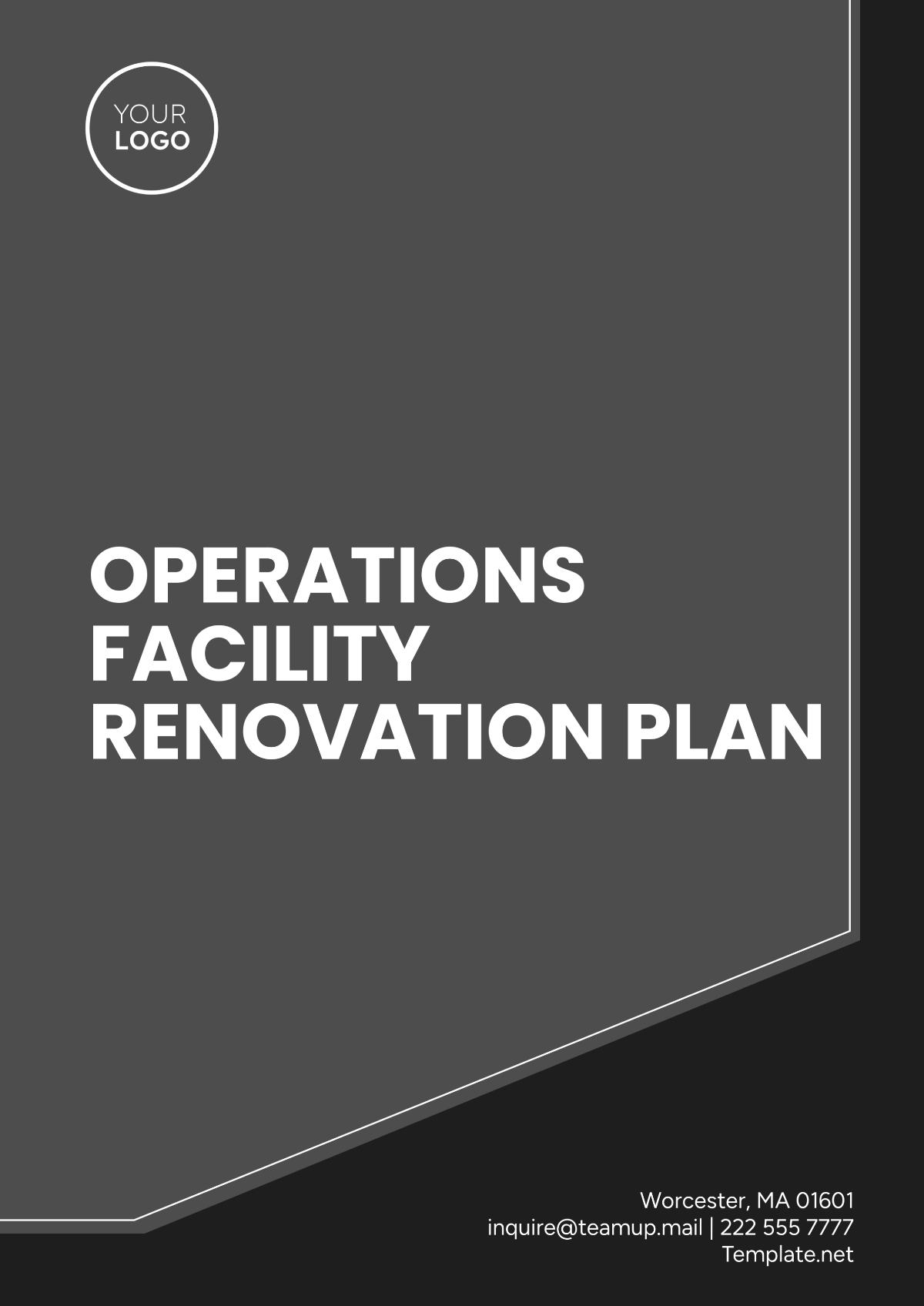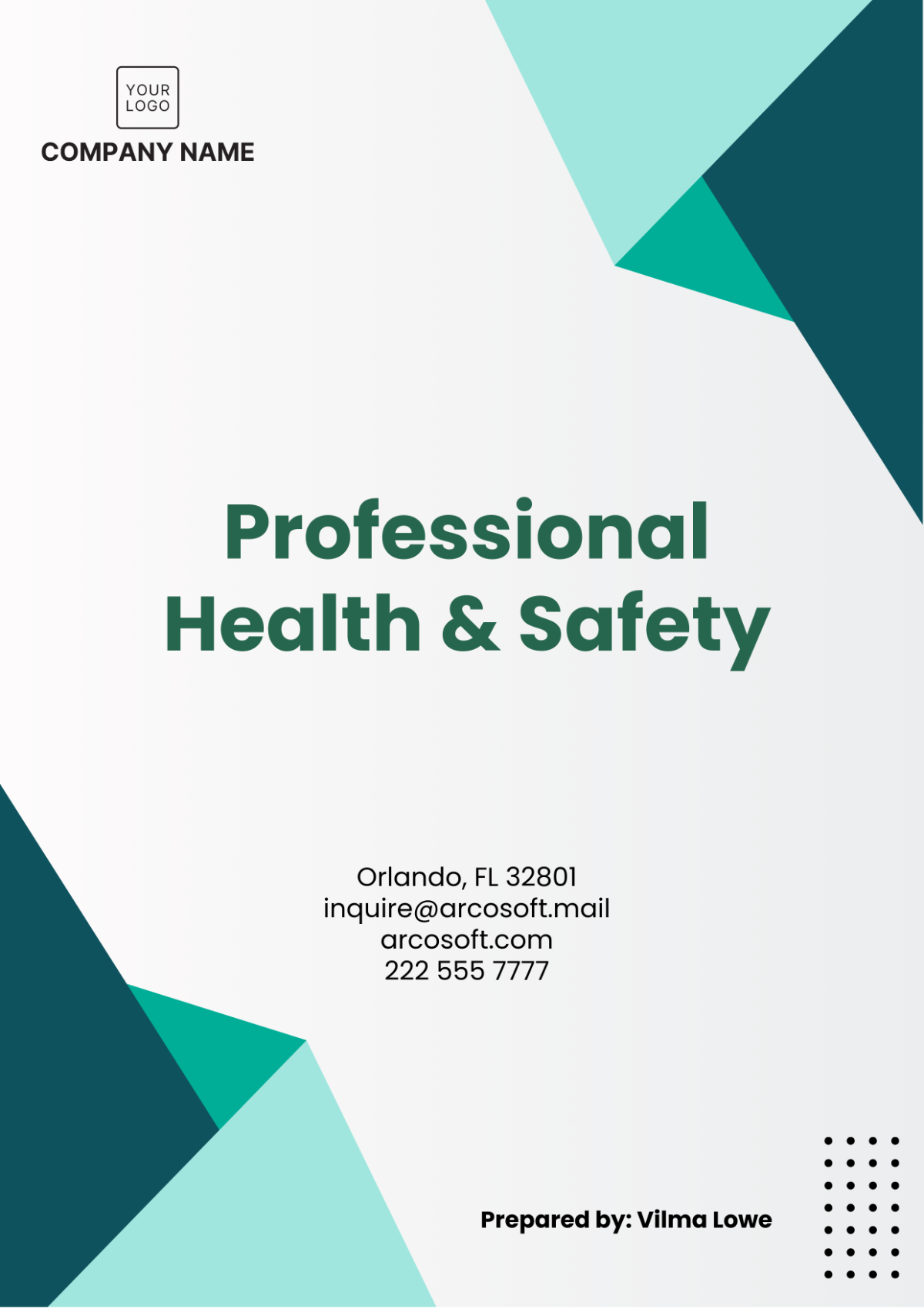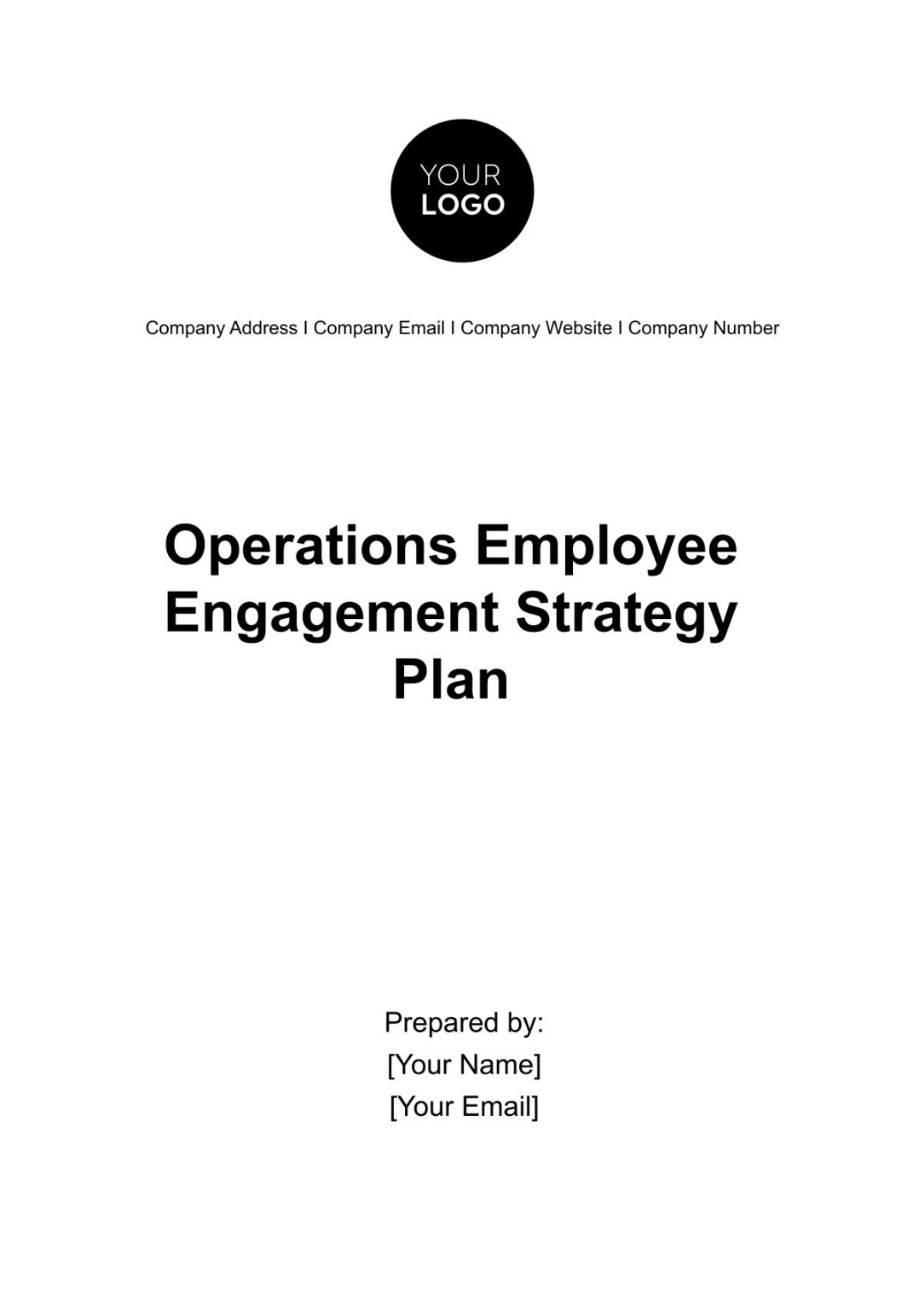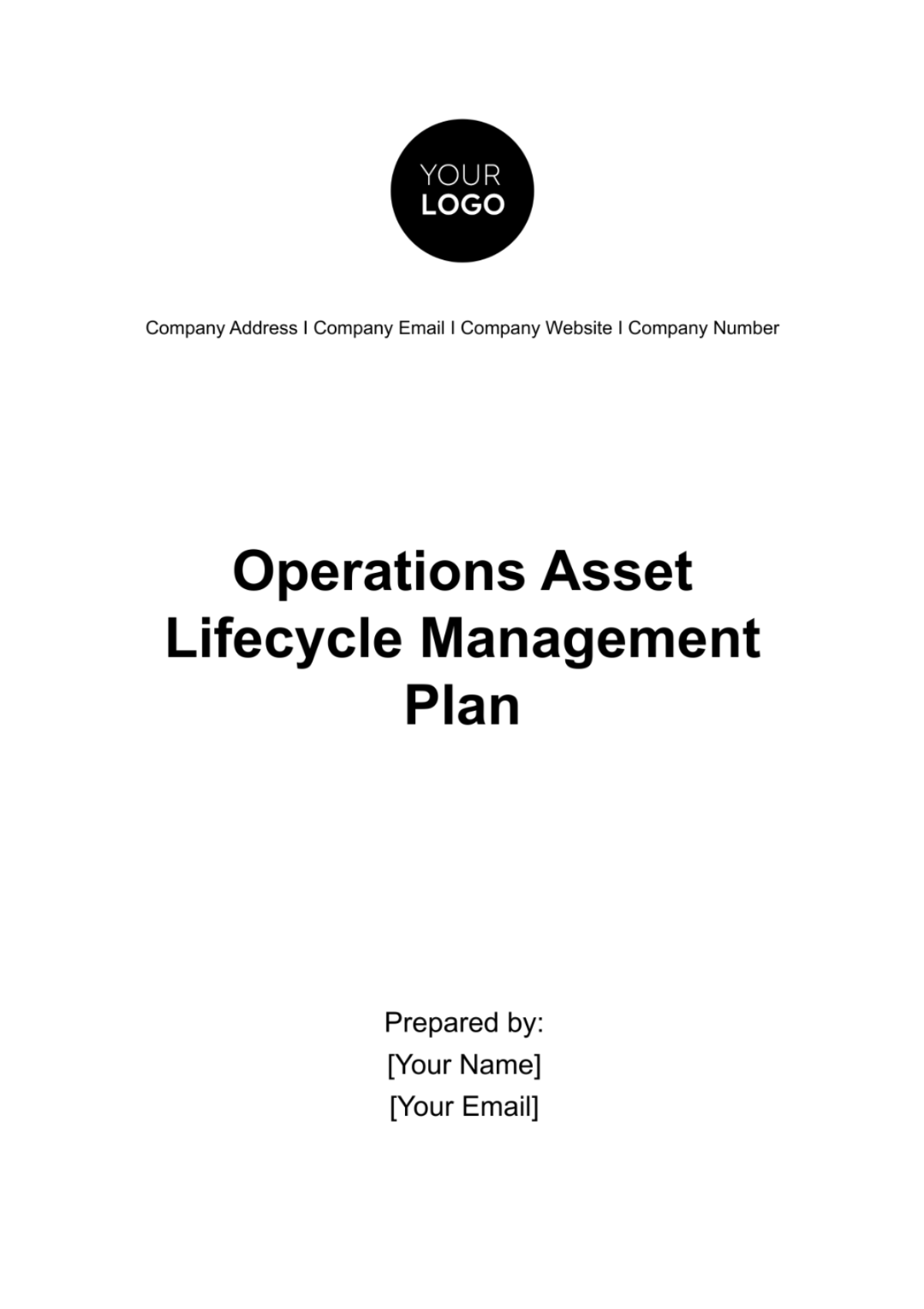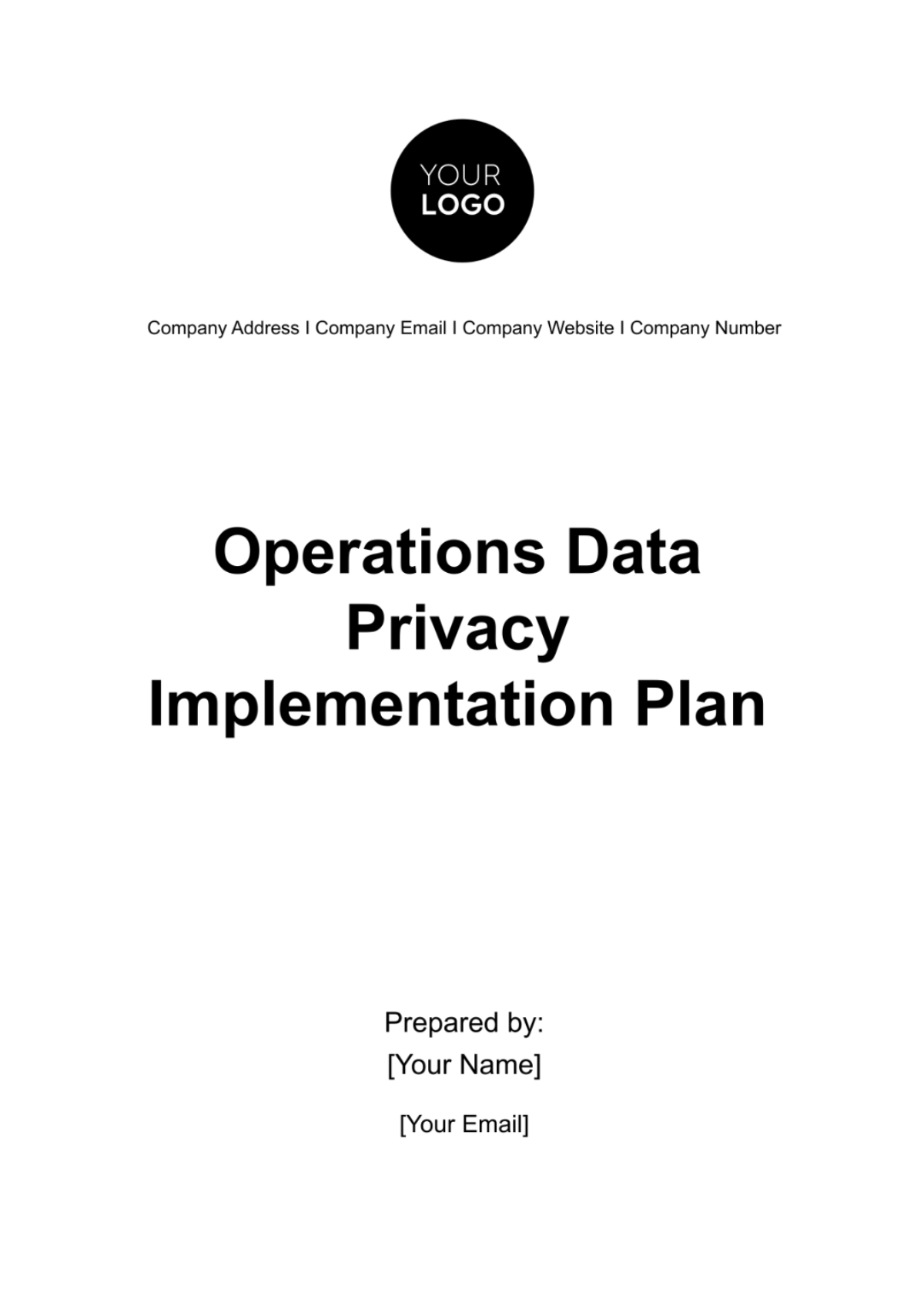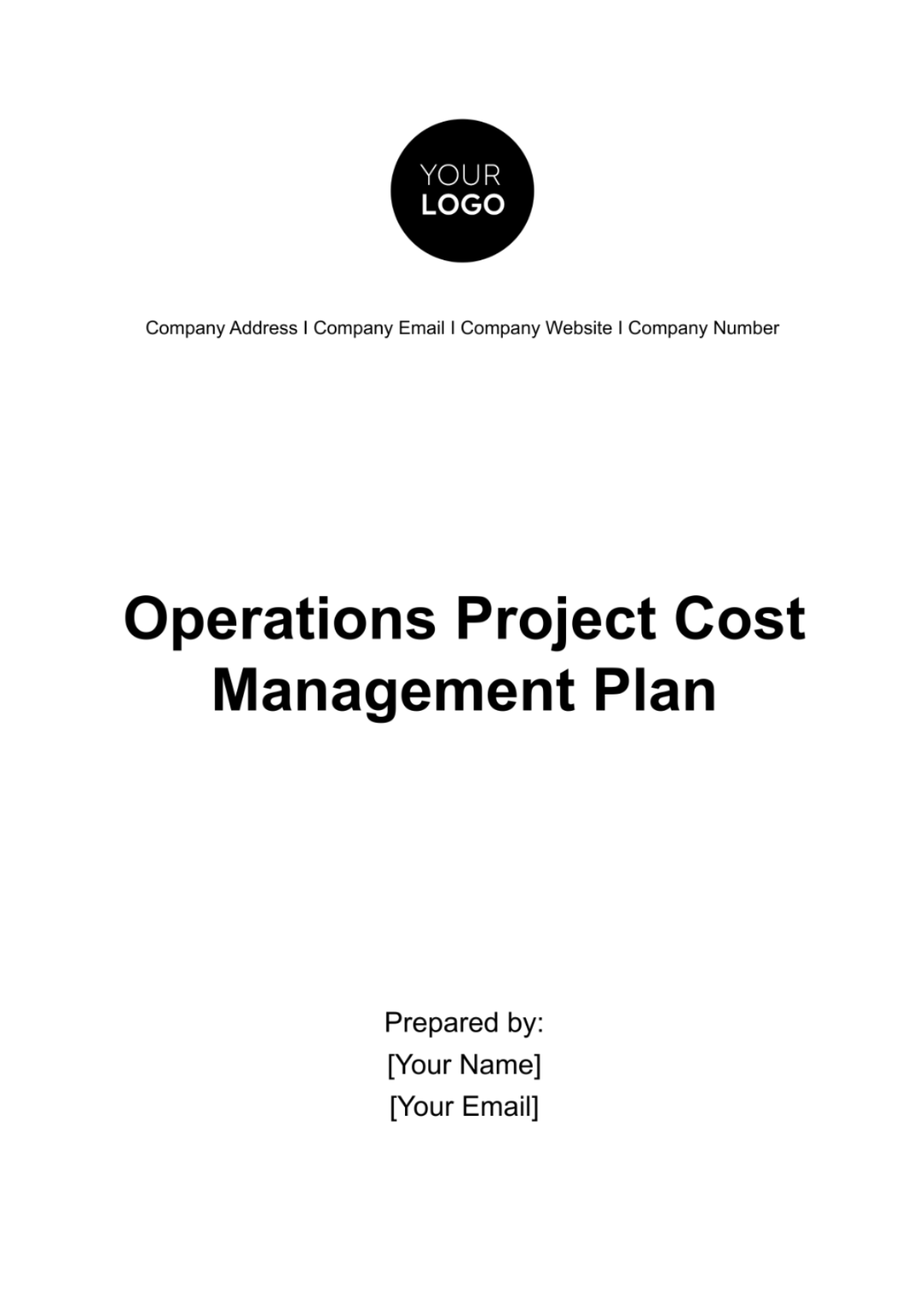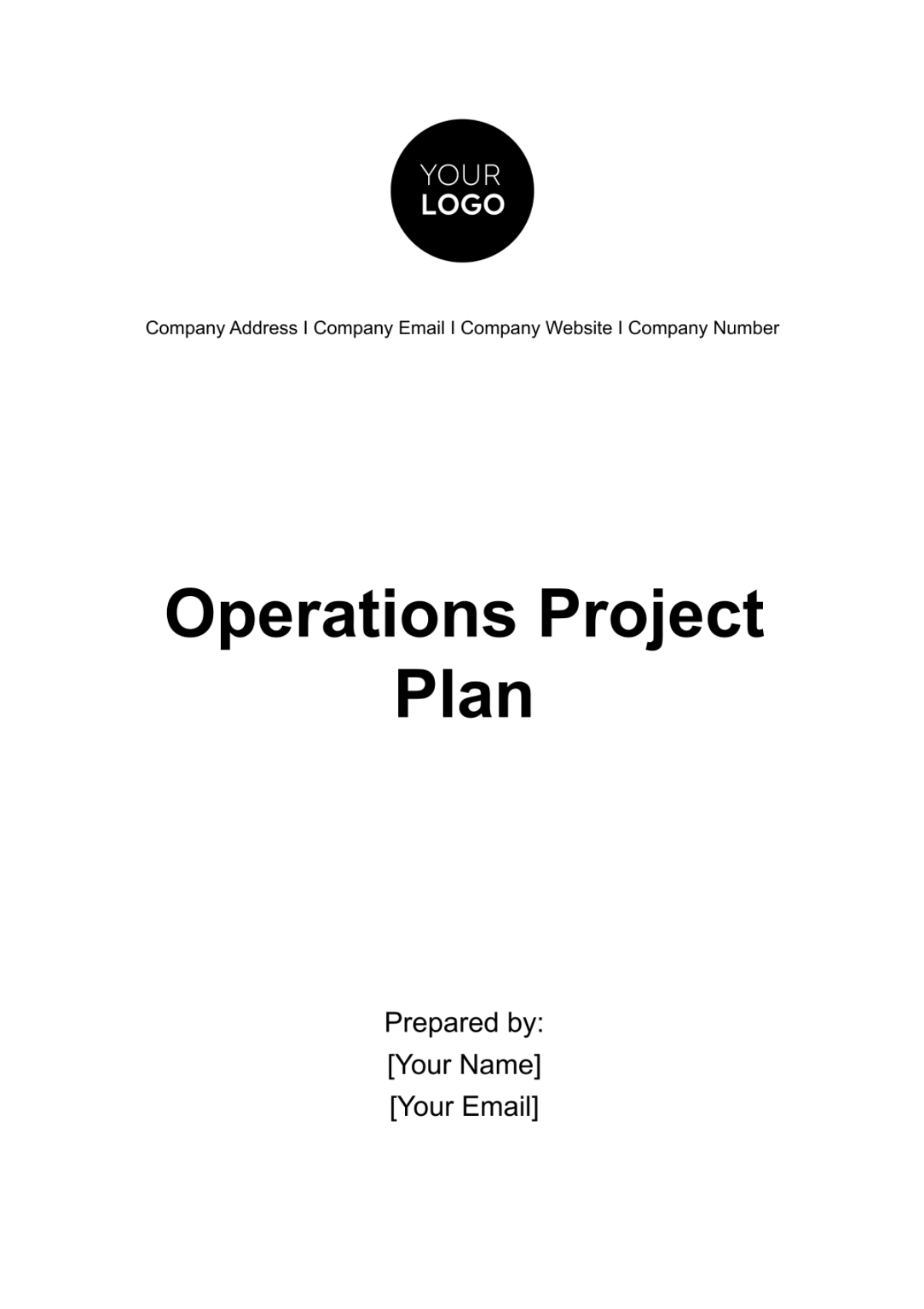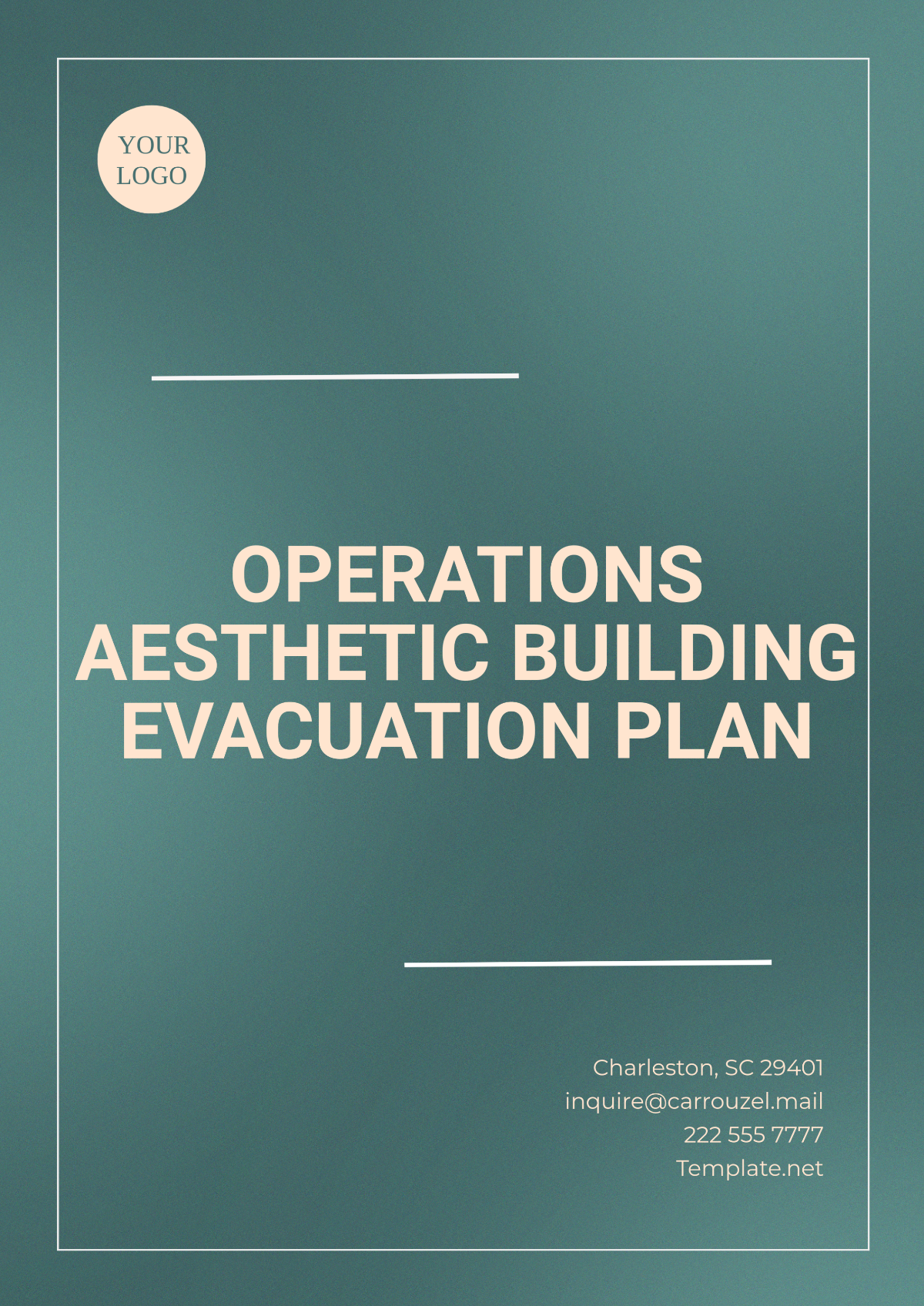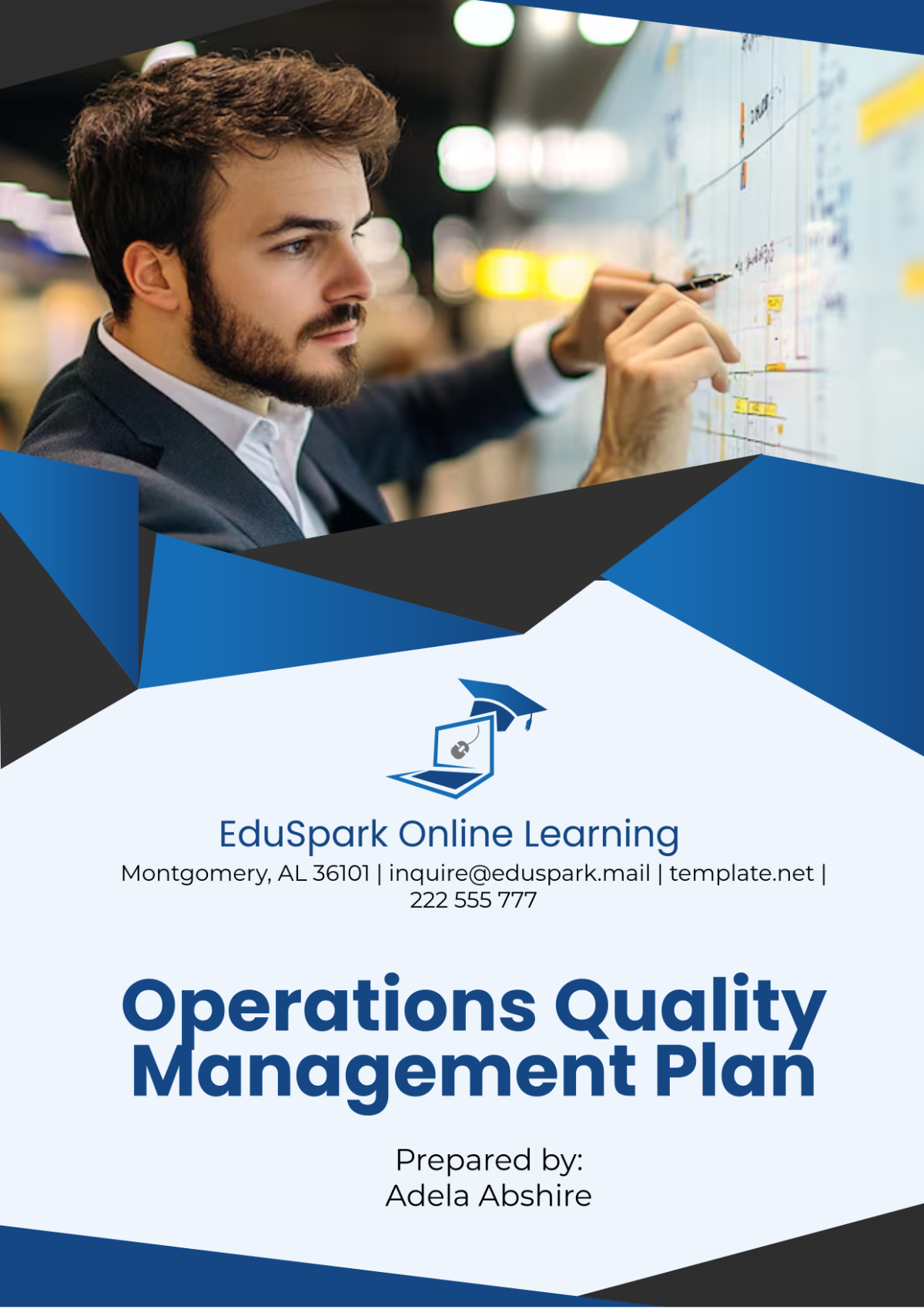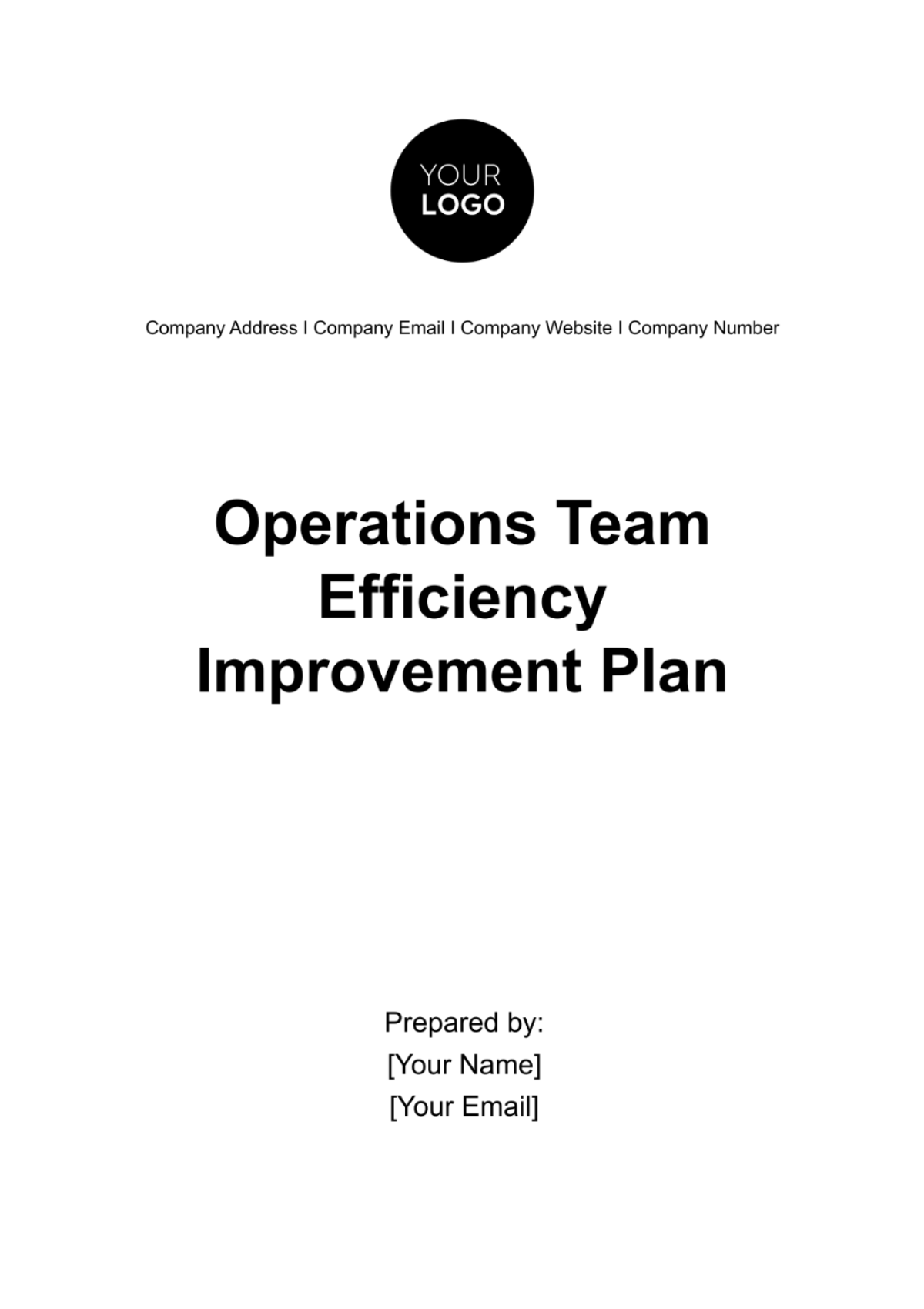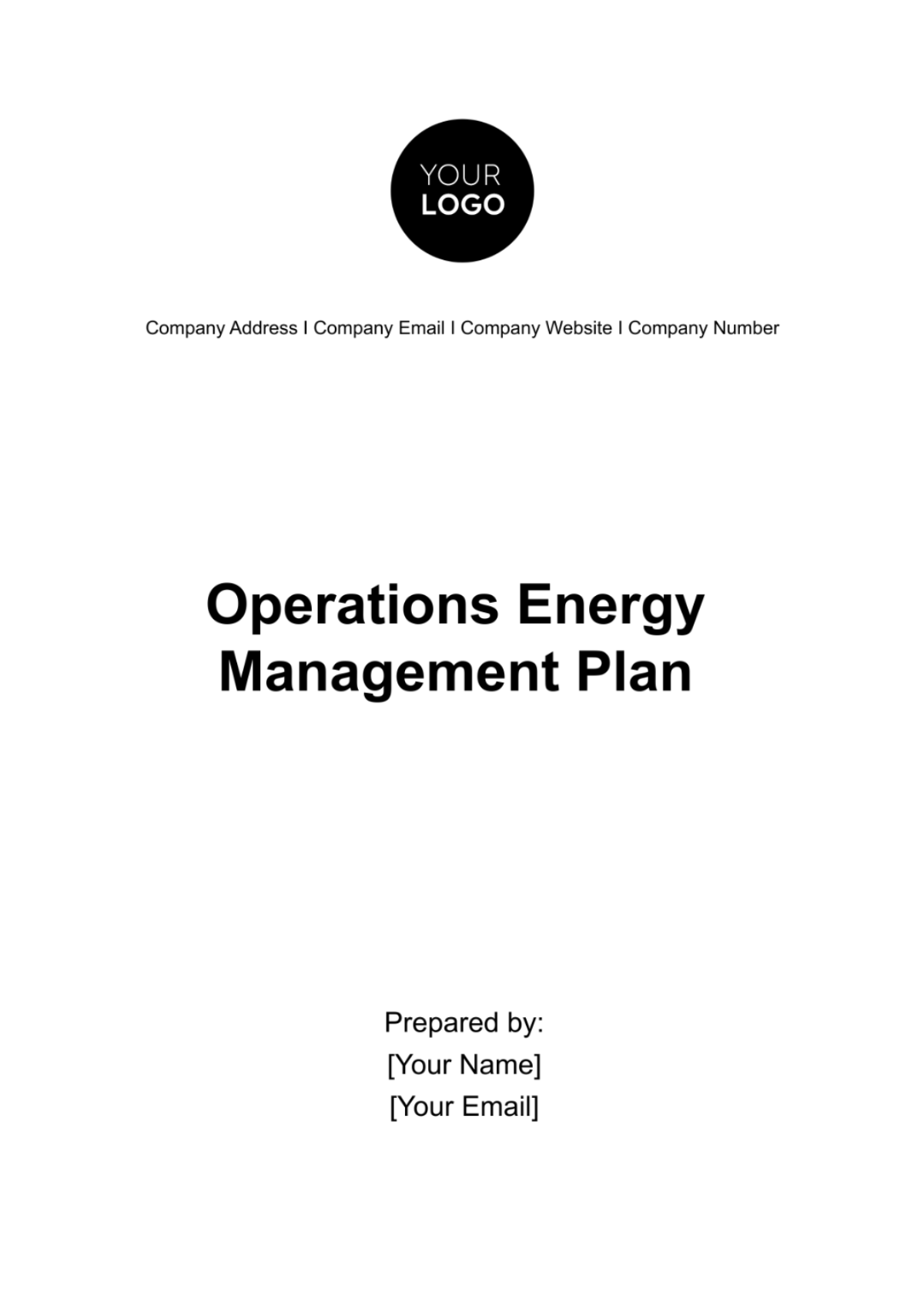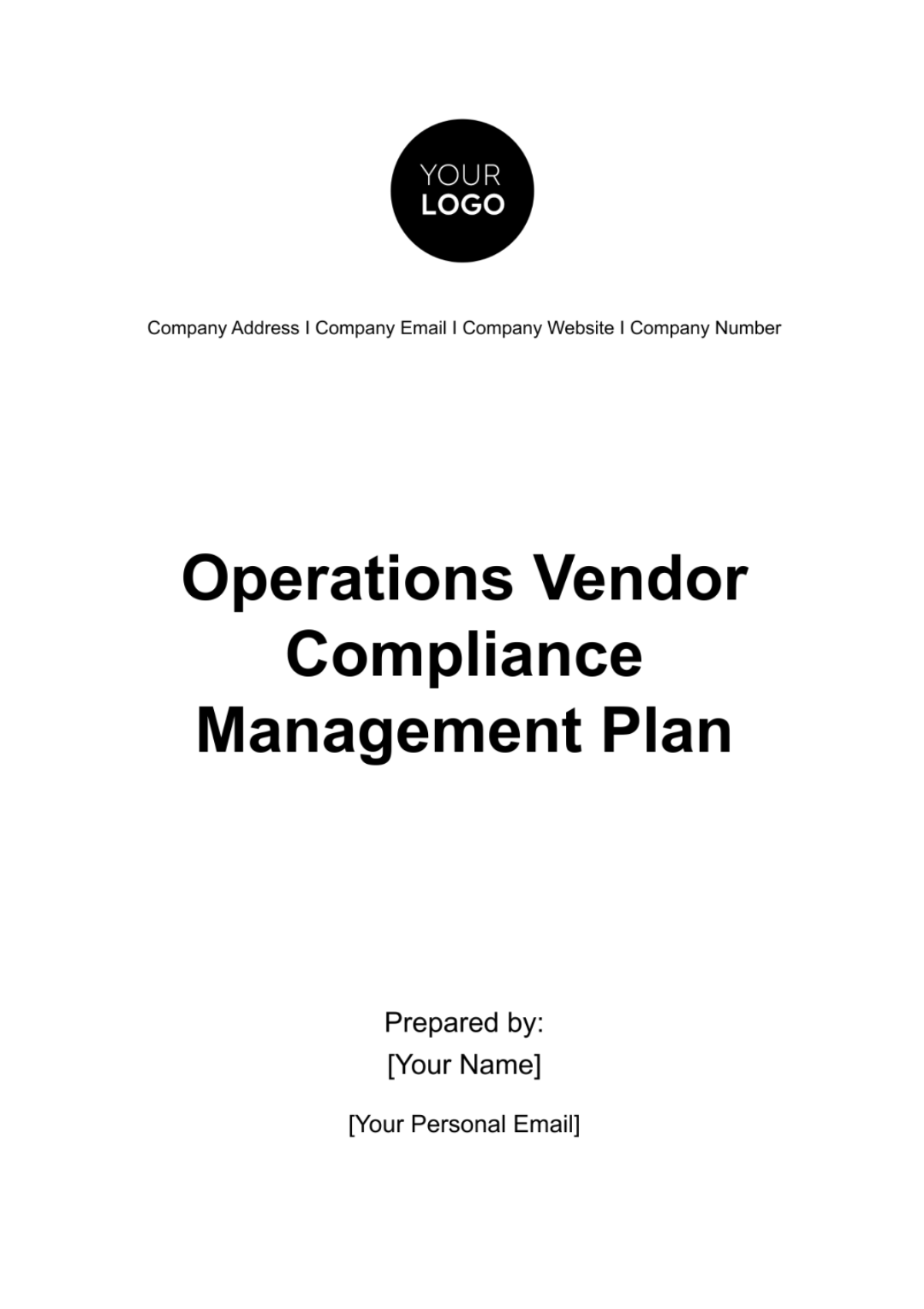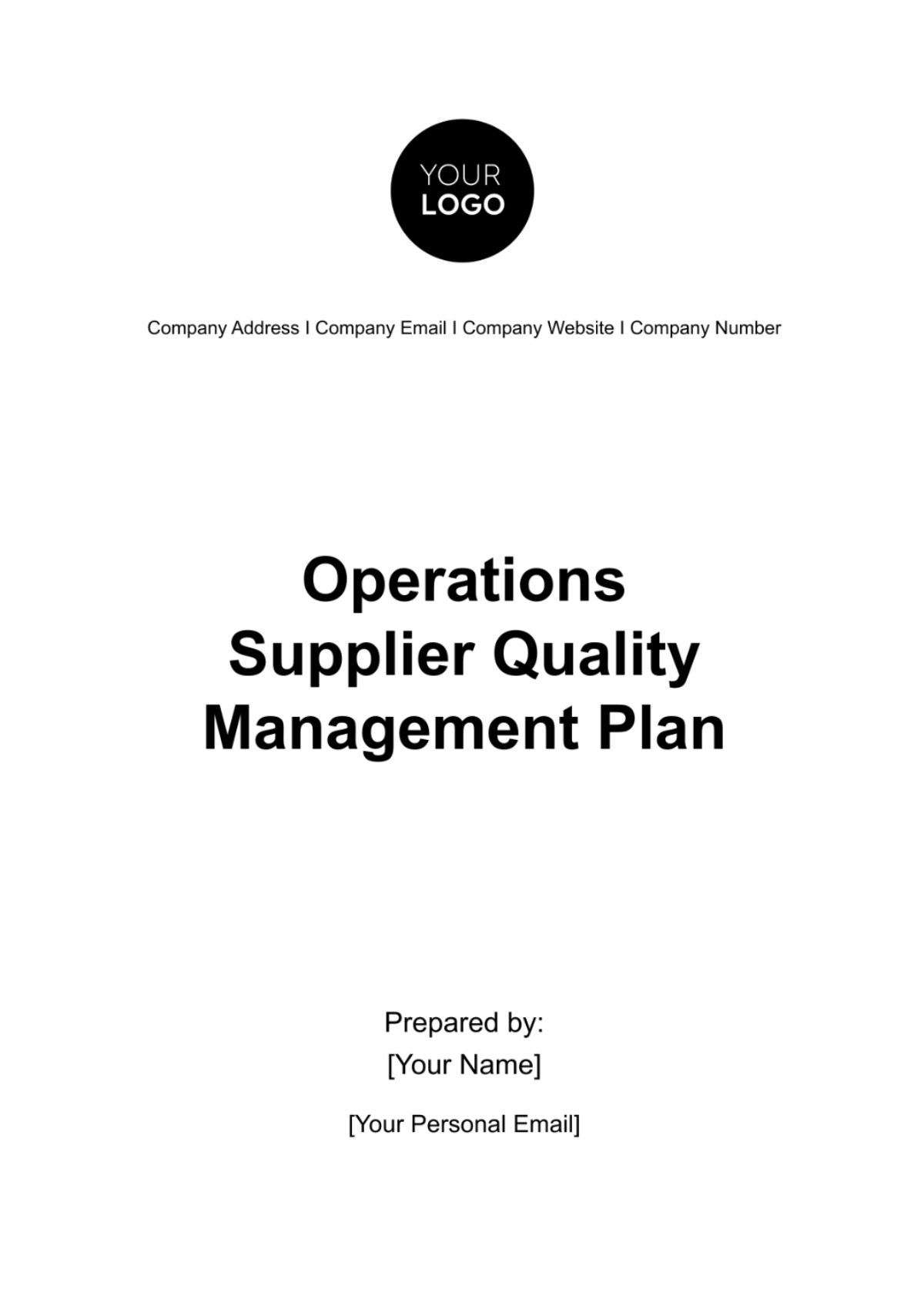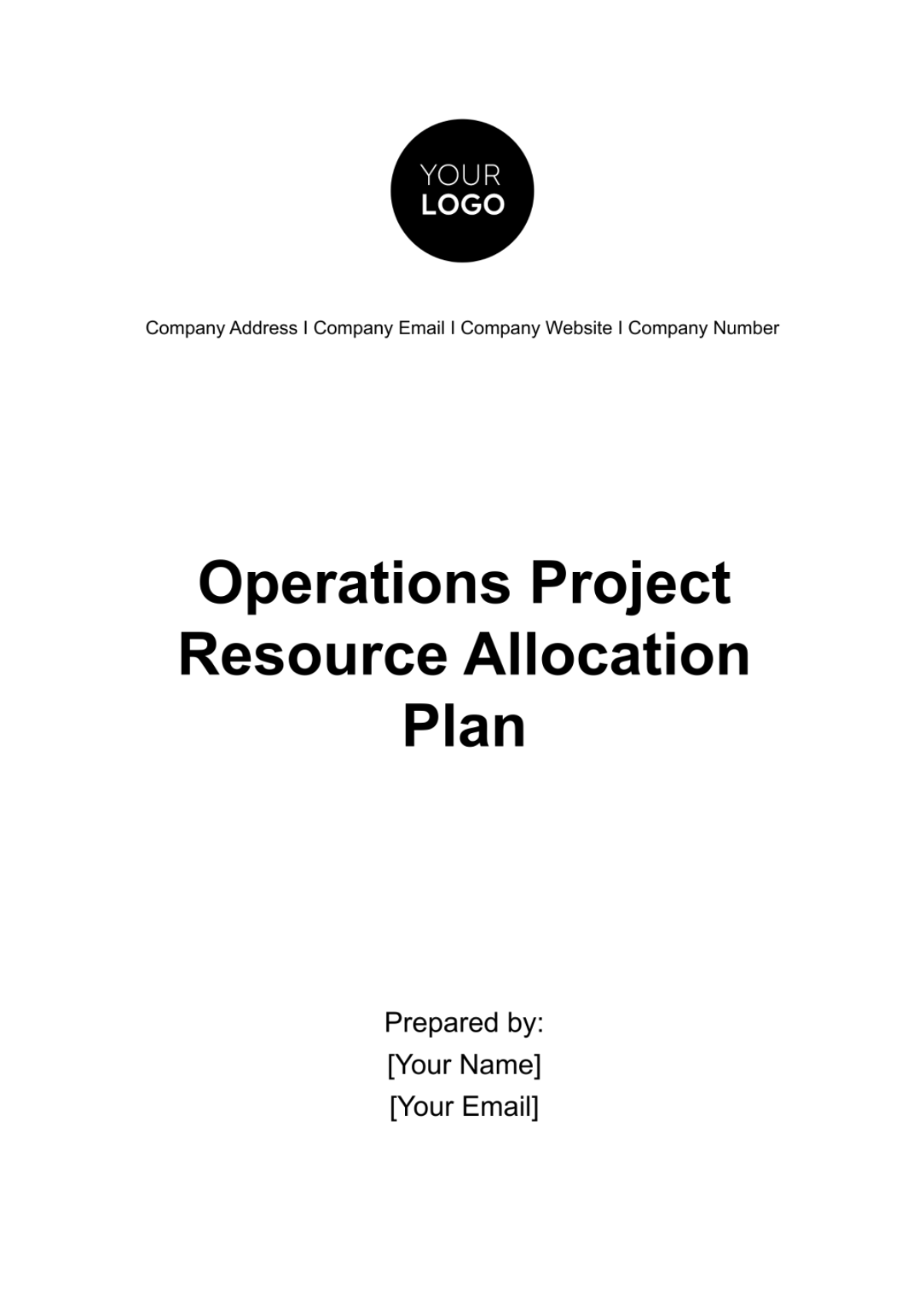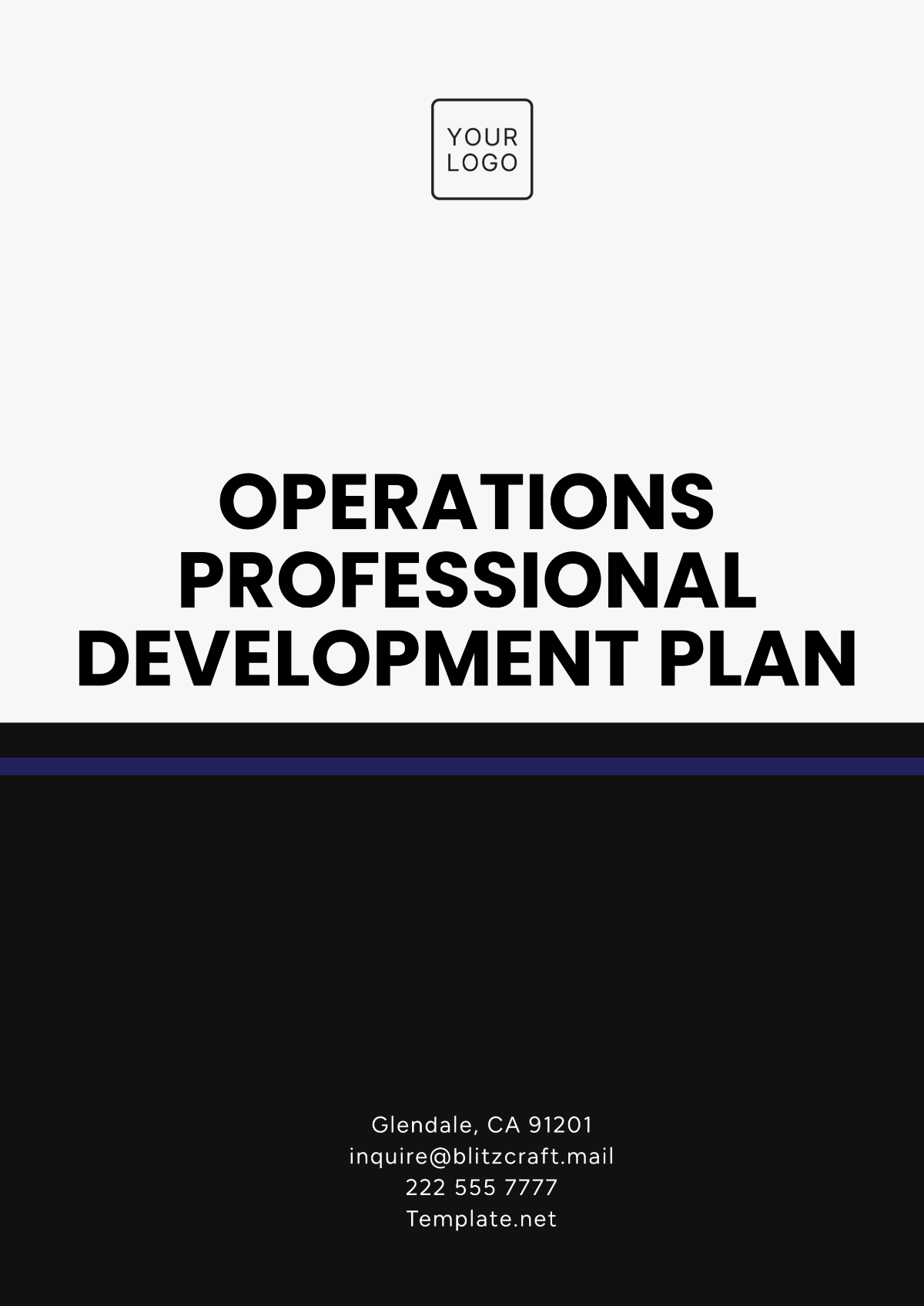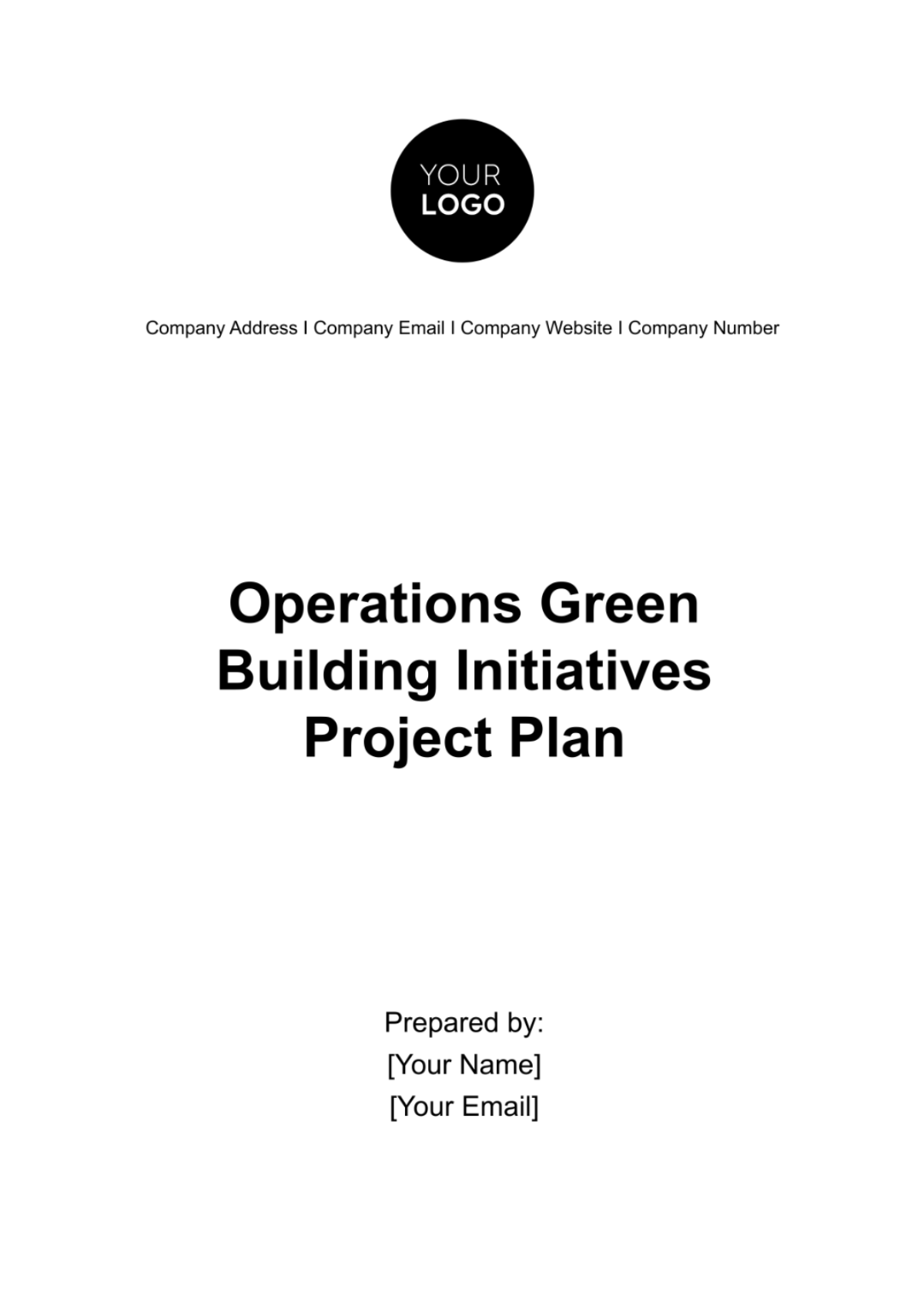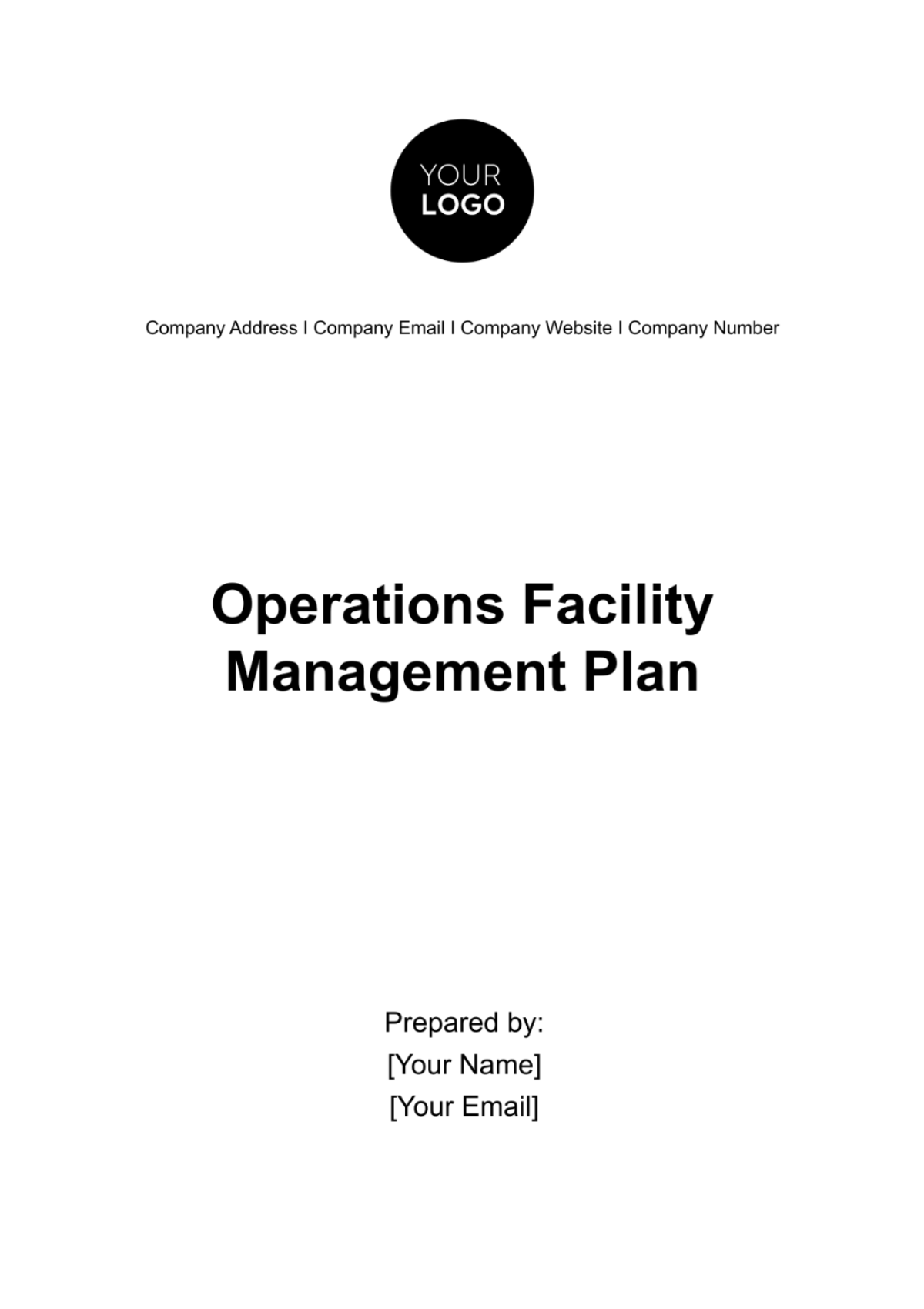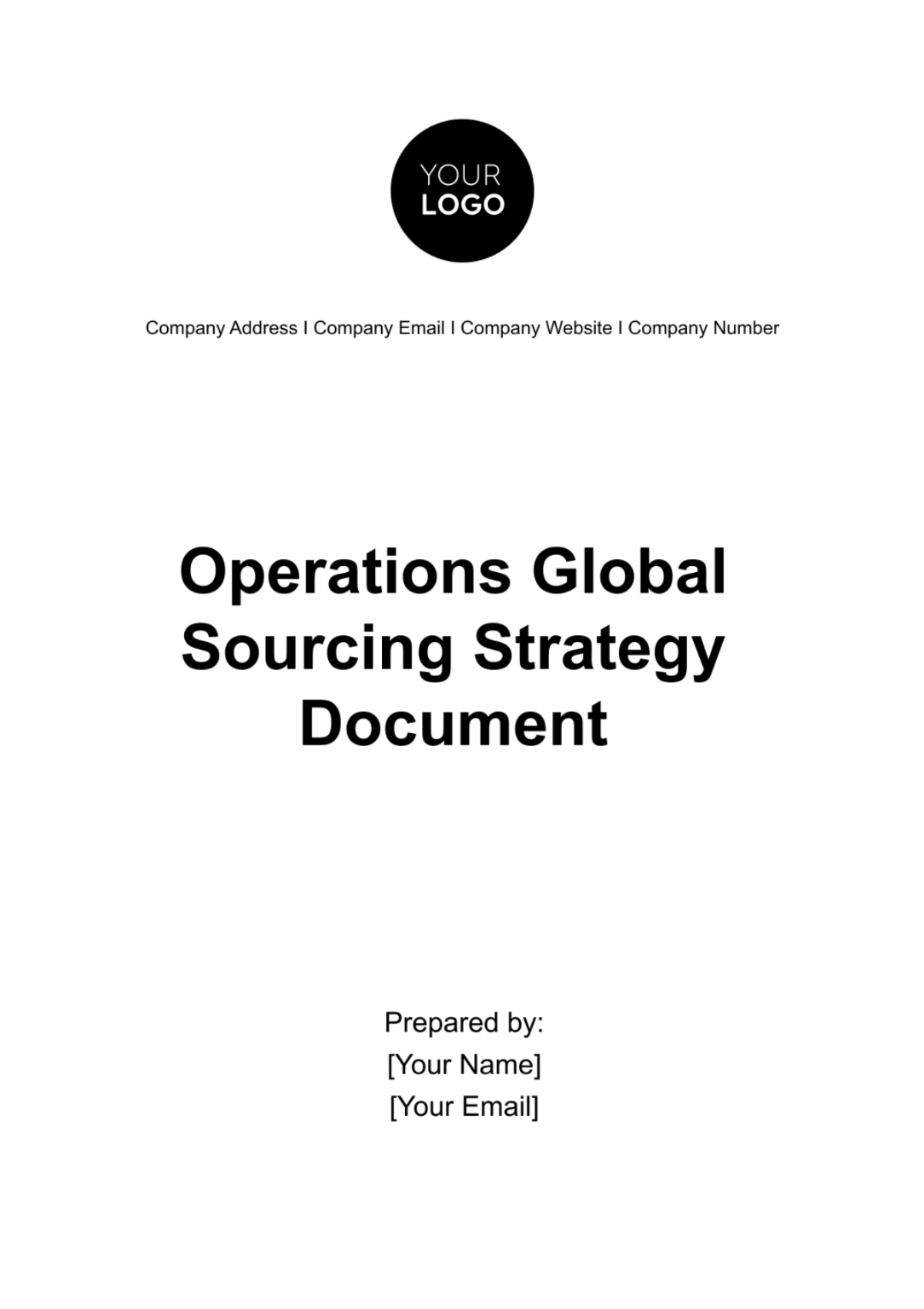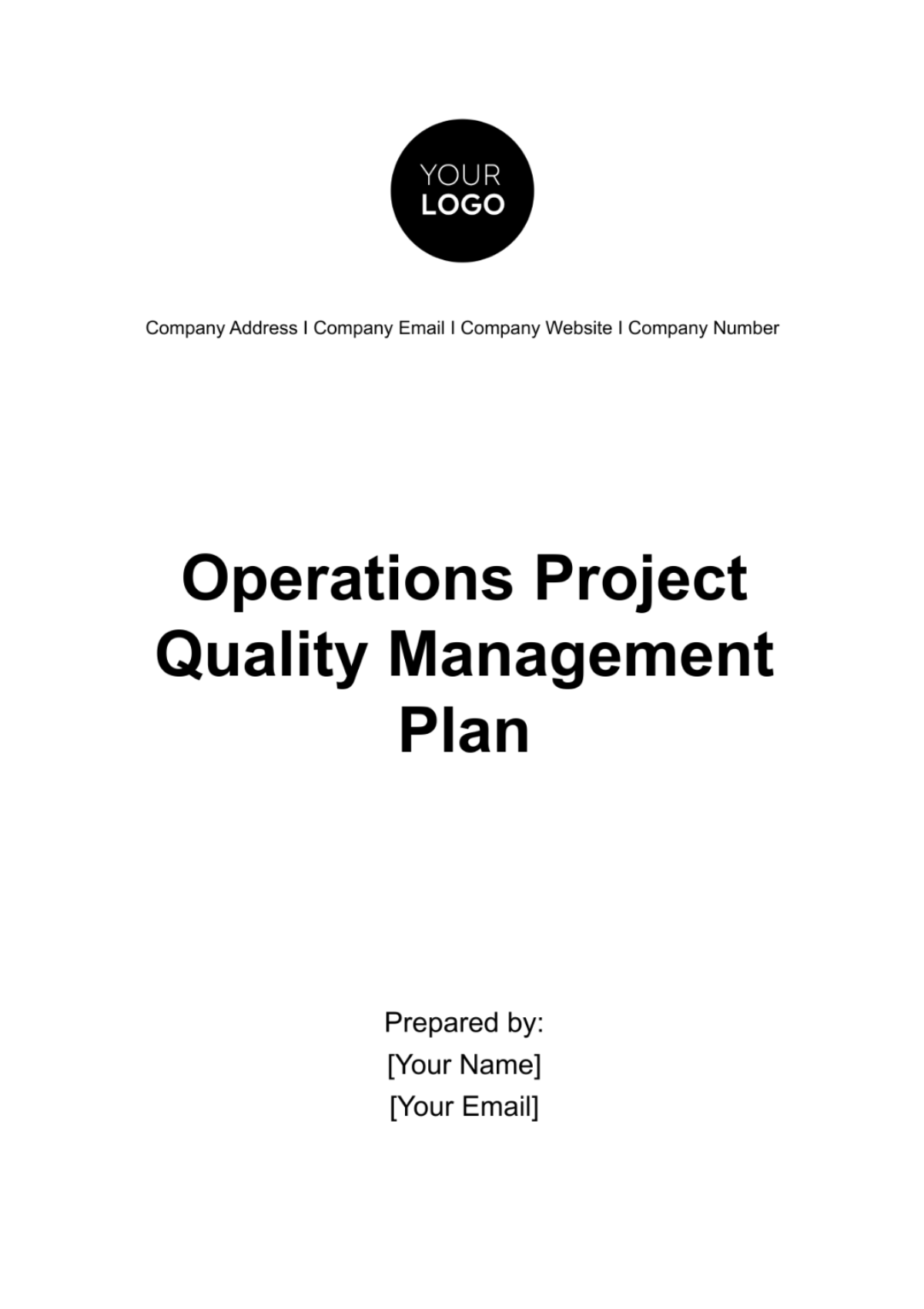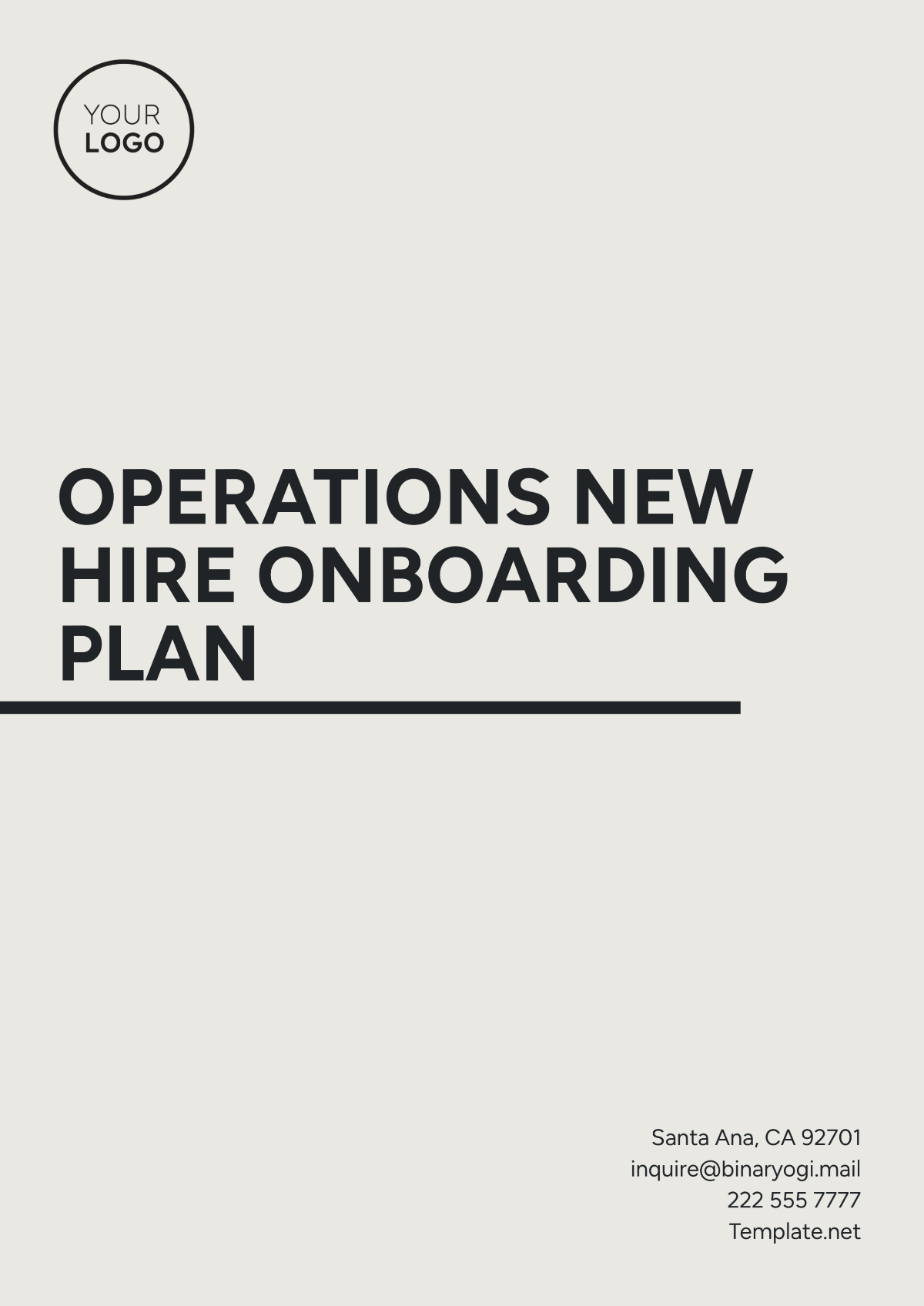NGO Operational Plan
Prepared by | [Your Name] |
Date | [DATE] |
I. Executive Summary
Our NGO provides aid and support to underprivileged communities worldwide. We strive to empower individuals and promote sustainable development through our various programs and initiatives.
II. Introduction
A. Background
[Your Company Name] was founded in 2050 by a group of passionate individuals committed to making a positive impact on society. Over the past two decades, we have grown into a global organization with a presence in over 50 countries.
B. Mission Statement
Our mission is to alleviate poverty, promote education, and empower communities to build a better future for themselves and future generations.
C. Objectives
Provide access to quality education for children in underserved communities.
Improve healthcare services in remote areas through mobile clinics and health education programs.
Promote sustainable agriculture practices to enhance food security and livelihoods.
III. Organizational Structure
A. Leadership Team
[Your Name] - Founder and President
Emily Johnson - Vice President of Operations
David Lee - Director of Programs
Sarah Patel - Director of Finance
B. Departments and Responsibilities
Programs Department: Responsible for implementing and managing all projects and initiatives.
Finance Department: Manages budgeting, financial reporting, and donor relations.
Communications Department: Handles internal and external communications, including marketing and PR.
IV. Operational Analysis
A. SWOT Analysis
Strengths:
A dedicated team of professionals with diverse expertise.
A strong network of partners and donors.
Established a reputation for transparency and accountability.
Weaknesses:
Limited funding for expanding programs.
Dependence on external funding sources.
Limited access to remote communities in conflict zones.
Opportunities:
Growing interest from corporate sponsors in social responsibility initiatives.
Potential for expanding programs through strategic partnerships.
Increasing awareness and support from the global community for humanitarian causes.
Threats:
Political instability and conflict in certain regions.
Economic downturns affect donor contributions.
Regulatory challenges in some countries impacting operations.
B. Market Analysis
Our target market includes individuals, corporations, and foundations interested in supporting humanitarian causes and making a positive impact on society.
C. Stakeholder Analysis
Key stakeholders include donors, partner organizations, government agencies, beneficiaries, and the local communities where we operate.
V. Operational Goals
A. Short-term Goals
Expand our education program to reach an additional 1,000 children within the next year.
Launch a pilot project to provide clean water access to communities in a rural area.
B. Medium-term Goals
C. Long-term Goals
VI. Operational Strategies
A. Resource Allocation
Allocate financial resources to various program areas according to the priorities that have been identified and the potential impact that can be achieved.
B. Partnerships and Collaborations
Establish and nurture collaborative relationships with local government entities, non-governmental organizations, and businesses to effectively combine and utilize resources and expertise for mutual benefits.
C. Monitoring and Evaluation
Develop and establish comprehensive monitoring and evaluation mechanisms that are capable of consistently tracking the progress of projects and effectively measuring the overall impact of the initiatives undertaken.
VII. Implementation Plan
A. Timeline
Year 2070: Expand the education program
Year 2071: Launch clean water project
Year 2072: Establish agriculture training center
B. Action Steps
Conduct needs assessments in target communities.
Recruit and train local staff to implement programs.
Monitor progress and adjust strategies as needed.
C. Budget Allocation
Program | Budget |
|---|
Education Program | $500,000 |
Clean Water Project | $300,000 |
Agri Training Center | $1,000,000 |
VIII. Risk Management
A. Identification of Risks
Political instability in certain regions may disrupt operations.
Economic downturns could lead to a decrease in donor funding.
Natural disasters may impact project implementation timelines.
B. Risk Mitigation Strategies
Diversify funding sources to reduce dependence on a single donor or funding stream.
Develop contingency plans to address potential disruptions to operations.
Maintain strong relationships with local partners and stakeholders to navigate challenges effectively.
IX. Monitoring and Evaluation
A. Key Performance Indicators (KPIs)
Number of children enrolled in education programs
Percentage of households with access to clean water
Adoption rates of sustainable agriculture practices
B. Evaluation Methods
Surveys and interviews with beneficiaries
Data analysis of program outcomes
Field visits and observations by staff members
X. Communication Plan
A. Internal Communication
B. External Communication
XI. Conclusion
In conclusion, this operational plan outlines our strategy for achieving our mission of empowering communities and promoting sustainable development. By implementing these initiatives and strategies, we aim to make a lasting impact on the lives of those we serve.
Plan Templates @ Template.net
